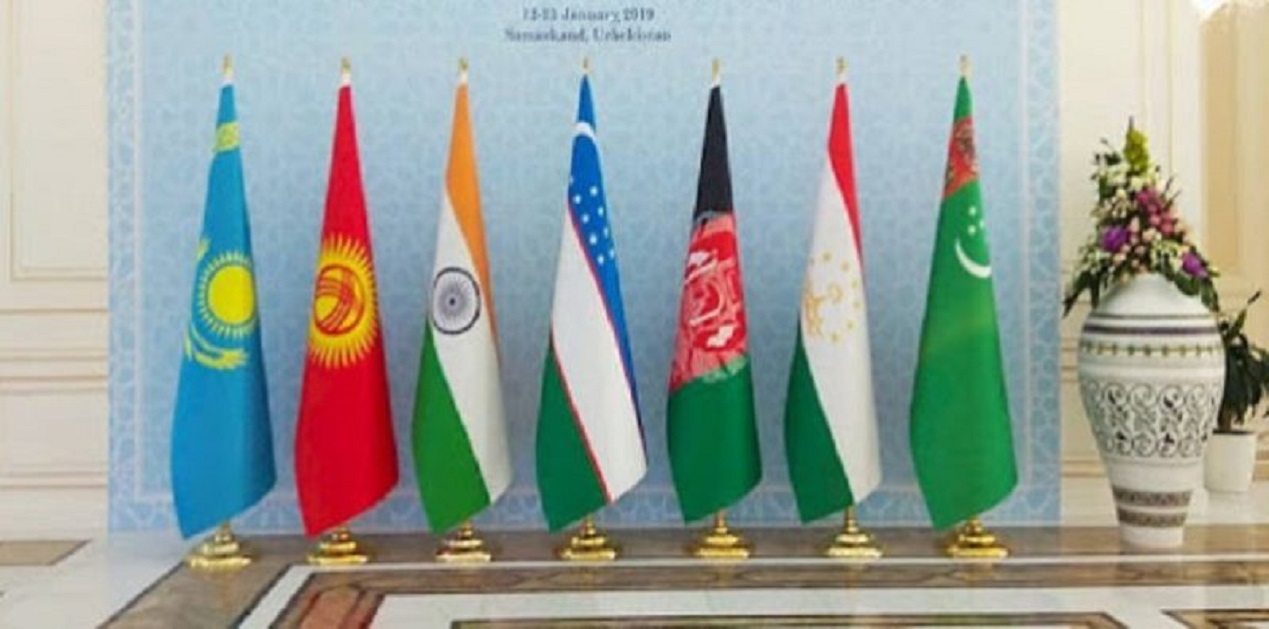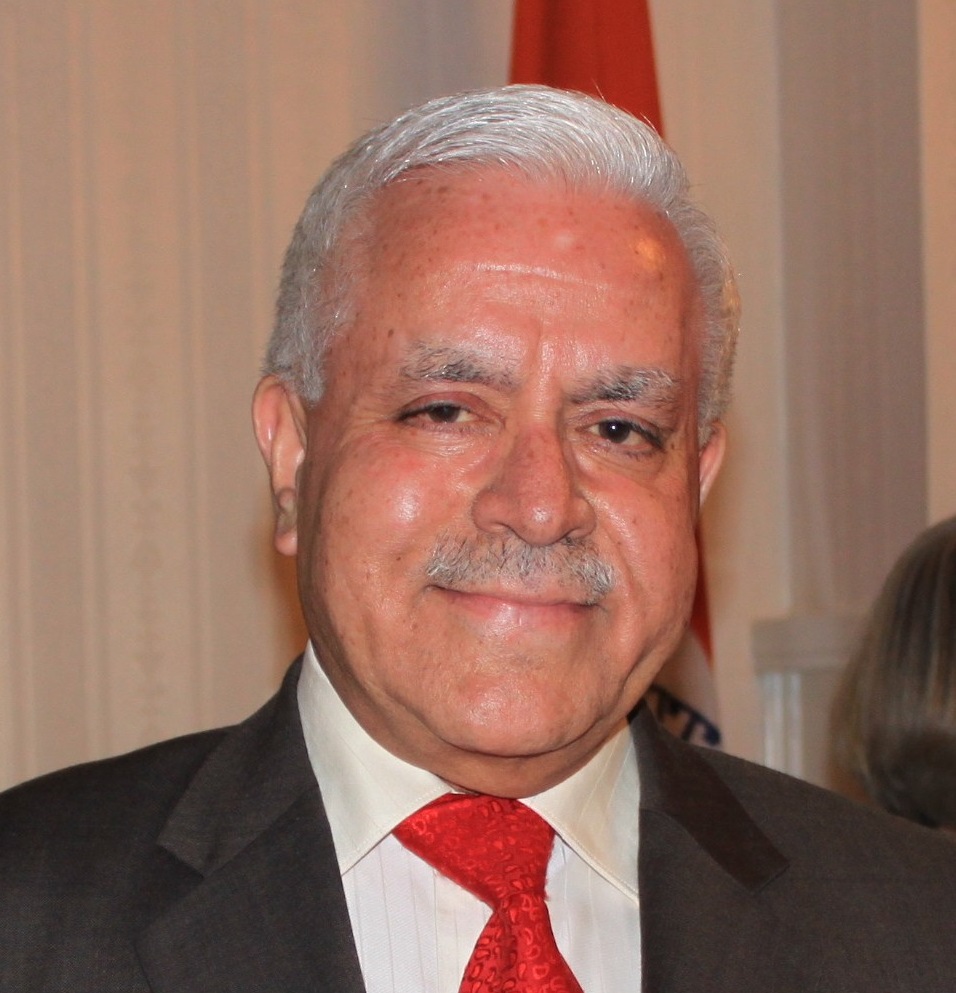The five countries of Central Asia viz Kazakhstan, Kyrgyzstan, Tajikistan, Turkmenistan and Uzbekistan have been largely peaceful and stable since they attained independence on the disintegration of the Soviet Union in 1991. There have been a few aberrations like the civil war in Tajikistan in the early 1990s, the Andijan uprising in Uzbekistan in 2005, the Tulip Revolution in 2005 and violent protests in 2010 and 2020 in Kyrgyzstan, but overall the Central Asian space has remained calm and tranquil.
This relative calm was broken earlier this year with carnage and arson in Kazakhstan when 233 people were killed and several hundreds injured. In Uzbekistan, violent protests broke out in early July in the autonomous region of Karakalpakstan against the proposed constitutional changes in which 18 people were killed and hundreds wounded.
Increased uncertainty had engulfed the region since the Taliban captured power in Afghanistan in August last year. Barring Tajikistan, all Central Asian countries, as well as Iran and several others are engaging with the Taliban in economic, commercial and security areas, although none have accorded full diplomatic recognition to it. These countries have their diplomatic personnel functioning from Kabul. There have been reports of firing rockets and bullets by the Afghan based Islamic State of Khorasan Province into Tajikistan and Uzbekistan in recent months.
The Russia-Ukraine conflict has further enhanced the sense of insecurity and unease amongst these countries. Since their independence from the Soviet Union, Russia has been seen as the undisputed security provider of Central Asia. The Collective Security Treaty Organization (CSTO) which was established by Russia in 1992 has three Central Asian States viz Kazakhstan, Kyrgyzstan and Tajikistan, as members. CSTO forces promptly came to the aid of Kazakhstan in early January, 2022 when it was struck by a wave of violent protests and carnage. Their presence on the Kazakh soil was designed to lend support and provide assurance to the Kazakh forces. They did not have to fire a single bullet and left within ten days of their deployment. But the fact that the Kazakh President Kassym-Jomart Tokayev turned to the Russia-led CSTO to save his government is demonstrative of the dependence of Central Asian states on Russia for safeguarding their security.
It was presumed rather simplistically that in the current scenario both China and Russia had clearly earmarked their roles in the region: China would engage itself with promoting economic partnership with the region particularly through its Belt and Road Initiative (BRI) while Russia would shoulder the responsibility of ensuring the regional security. It is in the context of ensuring the security of Central Asian states that Russia maintains its largest foreign base in Tajikistan in which 7000 Russian troops are stationed. Russia also maintains an air base in Kyrgyzstan. Before the Taliban took over in Kabul in August last year, Russia had conducted several large scale, sophisticated military exercises with Tajikistan, Kyrgyzstan, Uzbekistan and Kazakhstan, bilaterally and jointly, to prepare for any terrorist exigencies that they might have to face.
The ongoing Russia-Ukraine conflict which is currently running in its fifth month, without any indication when it might end, has introduced fresh complexities for the Central Asian states. Notwithstanding their close relations with Russia, the Central Asian countries (barring Turkmenistan) have been following a multi-vector foreign policy and maintaining warm and cordial relations with other major players in the region like China, USA, Europe, Japan, Turkey, India and others. They have mostly abstained in the voting on the Russia-Ukraine conflict in the UN General Assembly, although under Russian warning, they (barring Turkmenistan which absented itself) voted in Russia’s favour on the issue of Russia’s expulsion from the UN Human Rights Council on 7th April, 2022. In discussions, most of these countries have spoken out in favour of maintaining the sanctity of the UN Charter and ensuring the territorial integrity and sovereignty of Ukraine. They have refused to recognize the independence of the Donetsk and Luhansk People’s Republics as declared by Russia just before it launched the ‘’special military operation’’ in February, 2022. Most of these countries are also providing humanitarian relief to Ukraine.
All this has created fissures between Russia and most Central Asian countries. Moreover, since Russia is so extensively engaged in the Ukraine conflict, it is no position to provide any security assurance or backup to the Central Asian states, if such a need were to arise. Such a situation is likely to continue for quite some time as Russia has got severely depleted as far its arms, ammunition and defence equipment is concerned. It will need a long time to build up its own inventory of military hardware, particularly in view of its severely deteriorated relations with the West.
In the middle of the growing anxieties and vacuum created by distraction of Russia from the region, China has been rapidly expanding its foot print in Central Asia. It launched the first China + Central Asia (C+C5) Foreign Ministers’ meeting in July, 2020 and is taking it forward very pro-actively. Snatching a leaf out of India’s book, China hosted its first Summit with leaders of Central Asia on 25th January, 2022, just days before the India-Central Asia Summit. From all accounts, China wishes to make the Summit partnership as the most significant vehicle to take the relationship to newer heights.
In the midst of these increased apprehensions and uncertainties, Central Asia is looking for partners other than Russia and China to engage with. India eminently fits the bill as there is no threat perception that Central Asia feels from enhanced partnership with it. India will however need to significantly augment its collaboration with the region in all areas viz. political, official, security, business, scientific, technological, health, education, cultural, Think Tanks and others, both at the bilateral as well as at the inter-governmental level. Although all countries should be given due attention, but Uzbekistan and Tajikistan merit special focus, Uzbekistan because it has emerged as the most proactive among the Central Asian states in its desire to increase partnership with India, and Tajikistan, because it is the only country that does not have even working relations with the Taliban.
The next SCO Summit will take place in Samarkand, Uzbekistan in September, 2022. It would be highly advisable if PM Modi were to attend it. He has participated in all earlier SCO Summits and also has a good personal rapport with the Uzbek President Shavkat Mirziyoyev. The next CICA Summit (Conference on Interaction and Confidence Building Measures in Asia) is scheduled to take place in Nur-Sultan, Kazakhstan in October, 2022. PM Modi might not wish to travel to Kazakhstan because he has already been to that country on three occasions (two of them bilateral) without a return visit by the Kazakh President, but possibly the new Vice-President or EAM could be deputed to participate in this Summit. It would also be essential to organize the next India + Central Asia Foreign Ministers Meeting within this year. It could be held in either Kazakhstan or Kyrgyzstan. It will have to be held latest by October; otherwise it would get extremely cold in these countries. We should try to organize this meeting during the current year and not postpone it to the next year as otherwise it could lose momentum.
Similarly, in other areas like business, culture, Think Tanks etc., engagement with Central Asia needs to be stepped up.
(The paper is the author’s individual scholastic articulation. The author certifies that the article/paper is original in content, unpublished and it has not been submitted for publication/web upload elsewhere, and that the facts and figures quoted are duly referenced, as needed, and are believed to be correct). (The paper does not necessarily represent the organisational stance... More >>
Image Source: https://ilearncana.com/upload/original/25d2f3e6fe0e21065a478c86b8b4038f.jpg











Post new comment